The assignment of the day was to get the heck out of school and go draw something! It wasn't as if we were chained to our desks, but this opportunity practically begged for some extracurricular activities. I must say that Carlos and I started with nothing in mind. Nothing but to get away as quickly as we could before our teacher changed her mind about the assignment.
Carlos had a car, but since it was a beautiful day, we lazily set out along
Bloor Street. In the back of my mind was the age old question that every artist aks themselves at some point. What the hell was I going to draw, paint...do? I certainly wasn't a sculptor...I didn't like photography or ceramics...I didn't really consider myself an artist at that point.
The thing I liked to do the most at the time was doodling cartoons. Even as a child I loved copying the Saturday cartoons and comic books for hours. You'll notice in some of my art, there's that same line quality that many retro comic strips used. So, as it turns out...that time wasted was actually time well spent.
We continued to bumble along Bloor Street near the Annex, with Carlos aimlessly taking the odd photo of a storefront or a house. I think around Bedford we spotted some houses that looked interesting...so we continued to yack, shoot and generally talk about all the things that matter most to two 19 year old boys.
There was some glorious architecture in the Annex. Some of the illustrious homes of old Toronto society had now been converted into multiple unit dwellings for students and hippies. Flags for drapes and flower power signs in windows poked out beside the most proper of turreted buildings. I watched as Carlos snapped off his 36 frame roll using his little black camera. Without realizing it, we ended up in Yorkville.
Yorkville had a different vibe then, even at that time of day. People grouped on the sidewalk, smoking and hangin out. Peace signs were offered to anyone passing by. Things were just cool there.

At this point my plan for today's assignment still hadn't clicked for me. I was happy to oblige when Carlos suggested stepping inside a pool hall to shoot a few games. The time passed easily. Too easily. With my thoughts wandering back to the purpose of the day, I thought my best shot was to use one of Carlos's photos to sketch from. I certainly didn't want to go back and sit down on a law to start sketching now. The thought of panicking because I hadn't started anything did not yet occur to me. The expectations at school were so vague, how could I fail? Carlos agreed to this plan.
The next day, Carlos headed for the darkroom. Carlos had to take the film cartridge out of the camera then transfer the strip onto a sprocketed spool in complete darkness that I'm sure took some trial and error, some cursing and a moment of panic while feeling around the table to find out whether or not it had loaded. The canister was then filled with developer. Timers were involved as the various chemicals could be terribly complicated.
Eventually, the processed roll revealed that only 5 of the 36 frames even had an image. The rest were either blank or black, Carlos reluctantly told me. He was new to photography. As you can imagine, it was a tricky process. There was a moment of quiet panic as we started at the light-table. Pondering over this development, or lack thereof, I noticed a decent shot of a Victorian home that hey! had some potential.
Now, this small frame of celluloid was placed in the darkroom projector. In the eerie red light the reverse image projected onto paper. If you got good at burning and dodging you could make some very cool effects. There was a lot of trial and error required, especially for a beginner. In the hands of a pro, or so the teacher said, award-winning black and white prints could be created.
Next, that sheet of paper was swished through 3 large trays of smelly chemicals, rinsed and then hung on a close line to dry. I was kinda jealous that his project was almost over and mine hadn't really started. But hey, that's life. Nothing really got to me then. With a small and white print that I still have, I had something to work with.
My pattern was to work at home at a wooden drafting table I had setup in the basement. It was there that I sketched and stippled for over 40 hours to create my "first" illustration. Little did I know then, but this was to become my basic way of working for the next 40 years.
Getting the shape of the building down is the aspect that takes the most brainpower. It's also the stage where you hate everything! The mechanical pencil was my weapon of choice to sketch, erase and sketch again, until things looked the way you want them to look. But when you finish that stage, that's when the long hours start. I would fill in lines and textures using a pen which took hour upon hour of dot, dot, dot, dot, dot...and each dot had to be perfectly placed to create the right shade.
The next part was not nearly as stressful. I would put on an LP, probably the Beatles or the Rolling Stones, and set down to work. This part was actually great. I could do it for hours.
With my illustrations, I used my handy Rapidograph Koh-I-Noor, a fine tipped pen that used an ink reservoir. The problem with these things were that they were temperamental. They were always clogging, drying and sometimes even sending out a puddle of unexpected ink. Things often got messy. But I got into a rhythm and worked late into the night several evenings in a row. After 40 some hours of this, I drew my first illustration.
84 Yorkville Avenue - My First Architectural Illustration
It dawned one me that I would need a portfolio by the end of Grade 12 (I was in Grade 11 at this point). My loose idea of the future included me popping into agencies, newspapers or graphic design designs with my large black portfolio case to see if I could get assignments. This illustration would be a start. The world didn't care if my marks were good, even if I'd shown up on time for school. All that mattered were the sheets in my bag.
It was about this time that things fell into place for me. I started to see a direction, a career, for the first time. I continued to pour this amount of effort into all my assignments. Typically the art teacher would critique everyone's work at the front of the class. And typically there was always one or two students work that she chose to praise. Until now, that had never been me. Now more and more I was doing great work. This felt good! It fueled my desire to do better and better work.
By the time of the Graduating Student Exhibit, a large amount of my work was chosen for the display. Contradictory feelings of showing-off versus pride were new to me. As I was surveying the exhibition, I overheard a conversation between my Life Drawing teacher Miss Kennedy and Still Life teacher Ms McCarthey. I heard Miss Kennedy quip, "Picasso never drew a better line than that". The drawing was made in her life class under her tutelage, so she had a vested interest, but it felt good nonetheless. Picasso was an idol to me and she was talking about my work in the same breath as the most respected artist of my life!
A few weeks later I would sell my sketch of 84 Yorkville Avenue to my aunt. She displayed that sketch in her parlour until she died many, many years later. I had sold it for $60. Pleased that I'd made my first sale, I tucked the bills into my wallet, thinking I could buy a few new albums. I found other buildings with elaborate gingerbread trim that I could sketch. It was fun, but it took time.
The style I was using was stipple. This technique was not new, but it was very trendy at the time. What was great about stipple was this it reproduced easily in black and white. Tones were created with well placed groupings of dots. The technique was largely used by newspapers at the time. It was a great way to add shading, without going into a screening process.
But this technique involved hours of work. I'd worked probably 60 hours all in for $60 total and that's not right. It wasn't long after that I was doing more sketches, but copying them on the library copier and then selling those. This way, I could pay for my time. I figured, if Andy Warhol had shown the world that prints were good enough to hang on the walls of celebrities, then who was I to stop short.
Over the years, things have progressively gotten more sophisticated. Certainly scanning, reproduction and photo manipulation software have changed the industry. If back then I was able to print on canvas I sure would have! However, the basics to creating my work have largely stayed the same. Strangely, I now use quill pen, an even older piece of equipment! At the end of the day the equipment doesn't matter as much as the vision and what you do with the tools at hand. Styles come and go but for some reason, my style has stood the test of time. I guess good line work just never goes out of style.
Thank you Miss Kennedy!
People love architecture...I certainly do! People tell me constantly that they like the unique way I depict the streets they love and the buildings that have been a part of their lives. If my quirky style helps them connect with the streets of the city, well then my life is all the better for it.


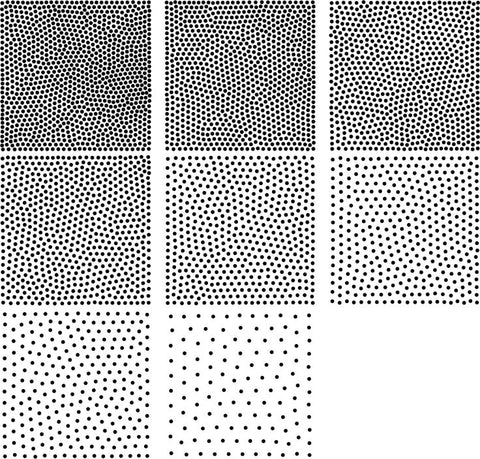
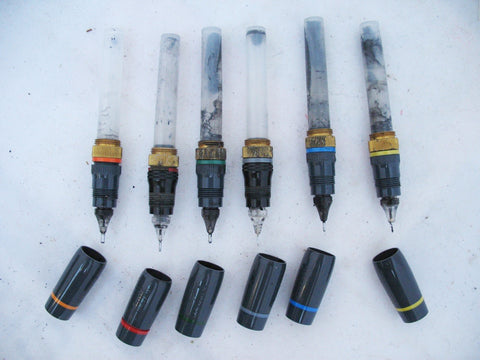
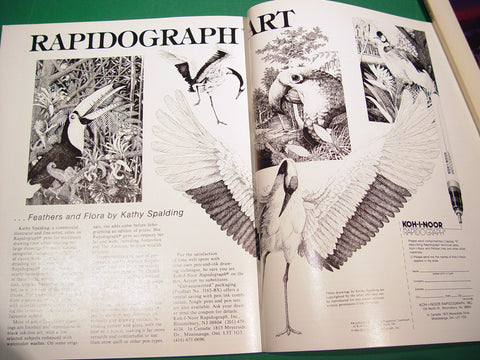


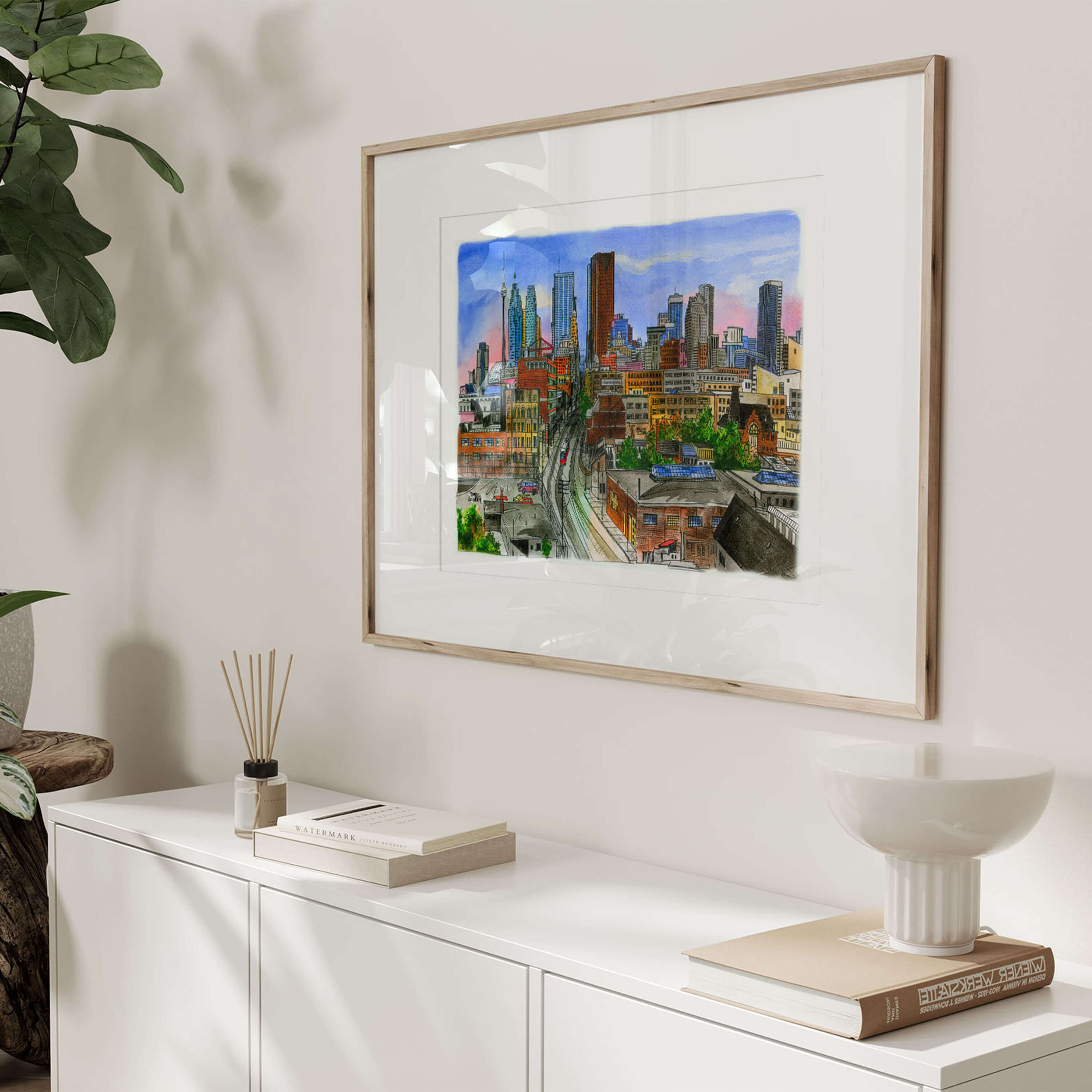
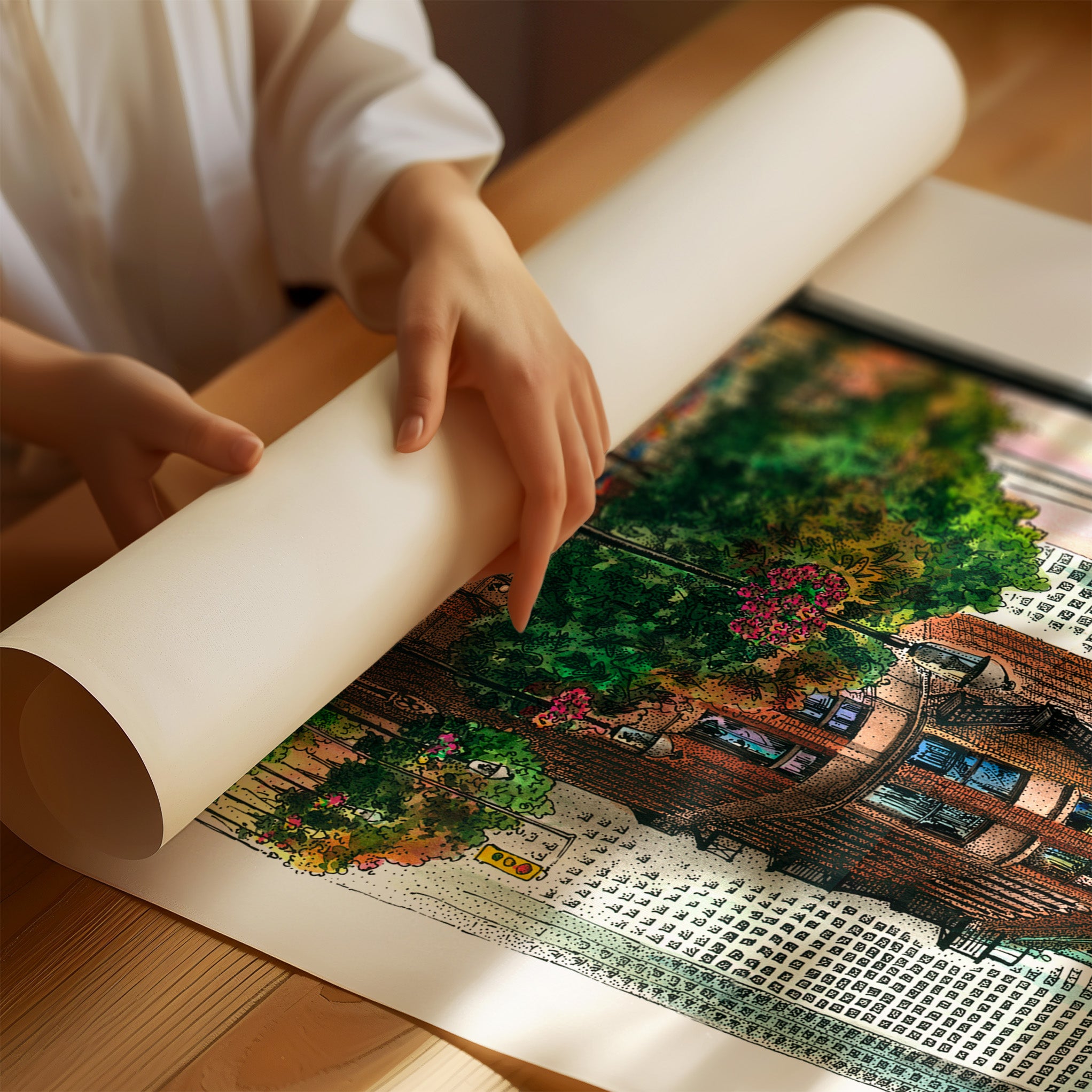
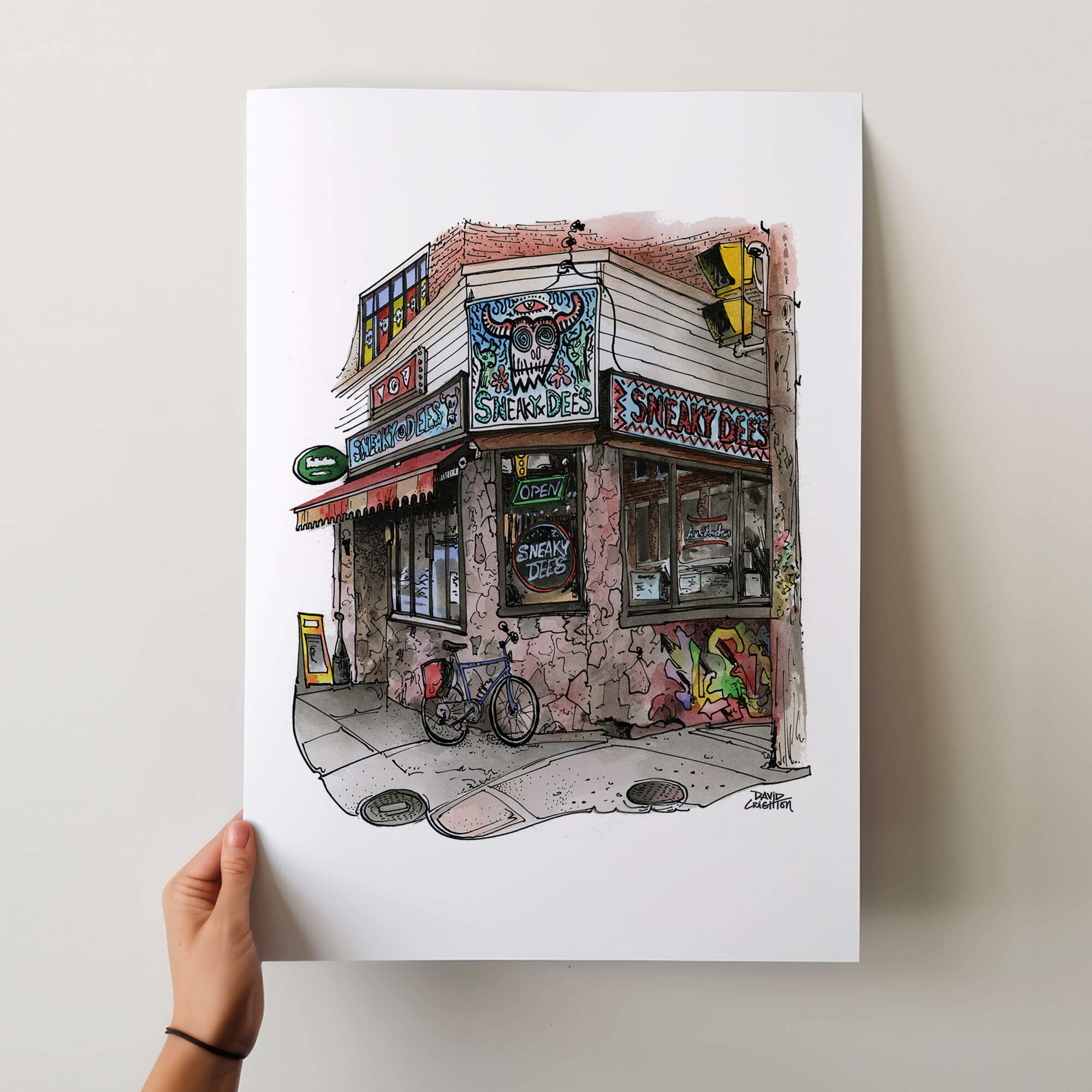
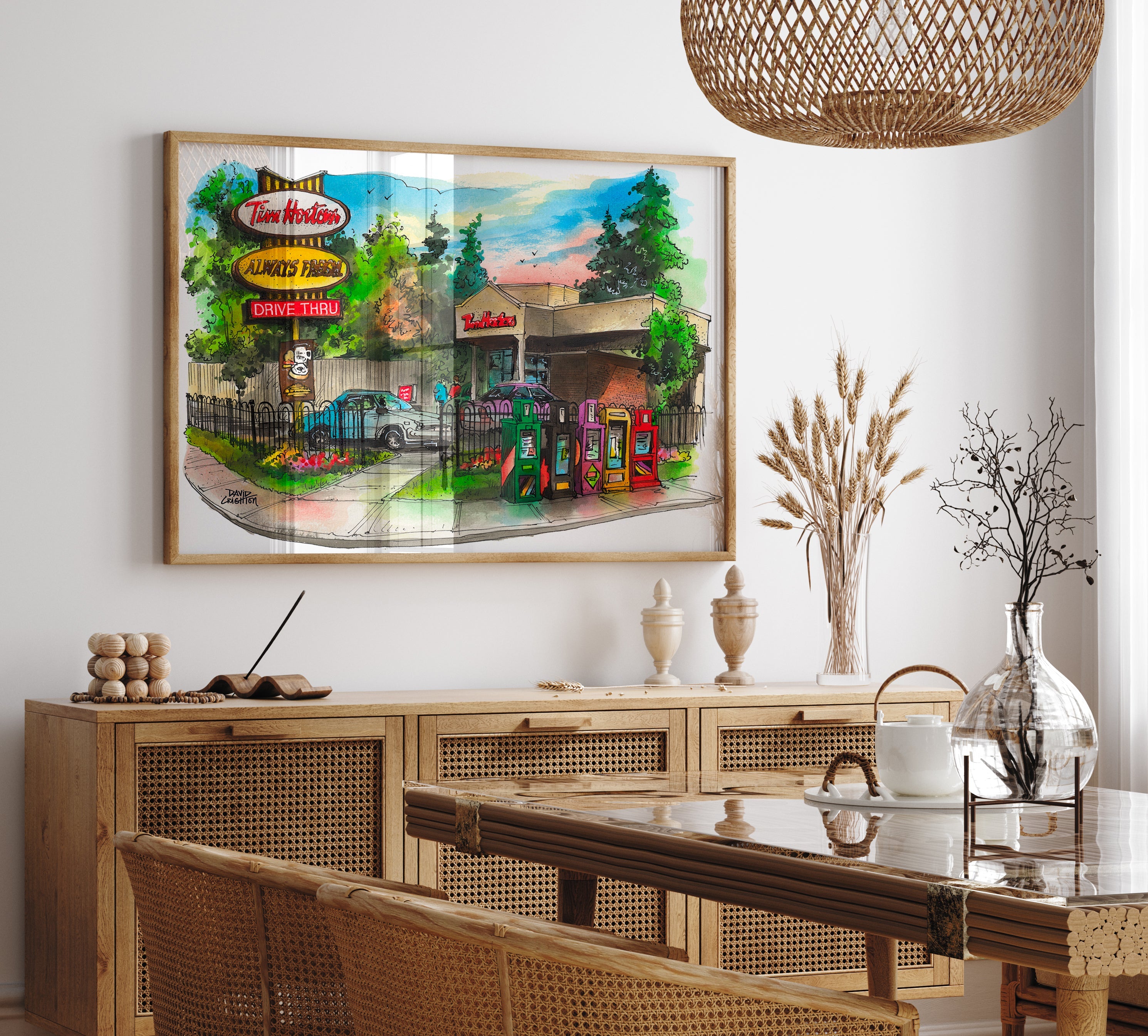
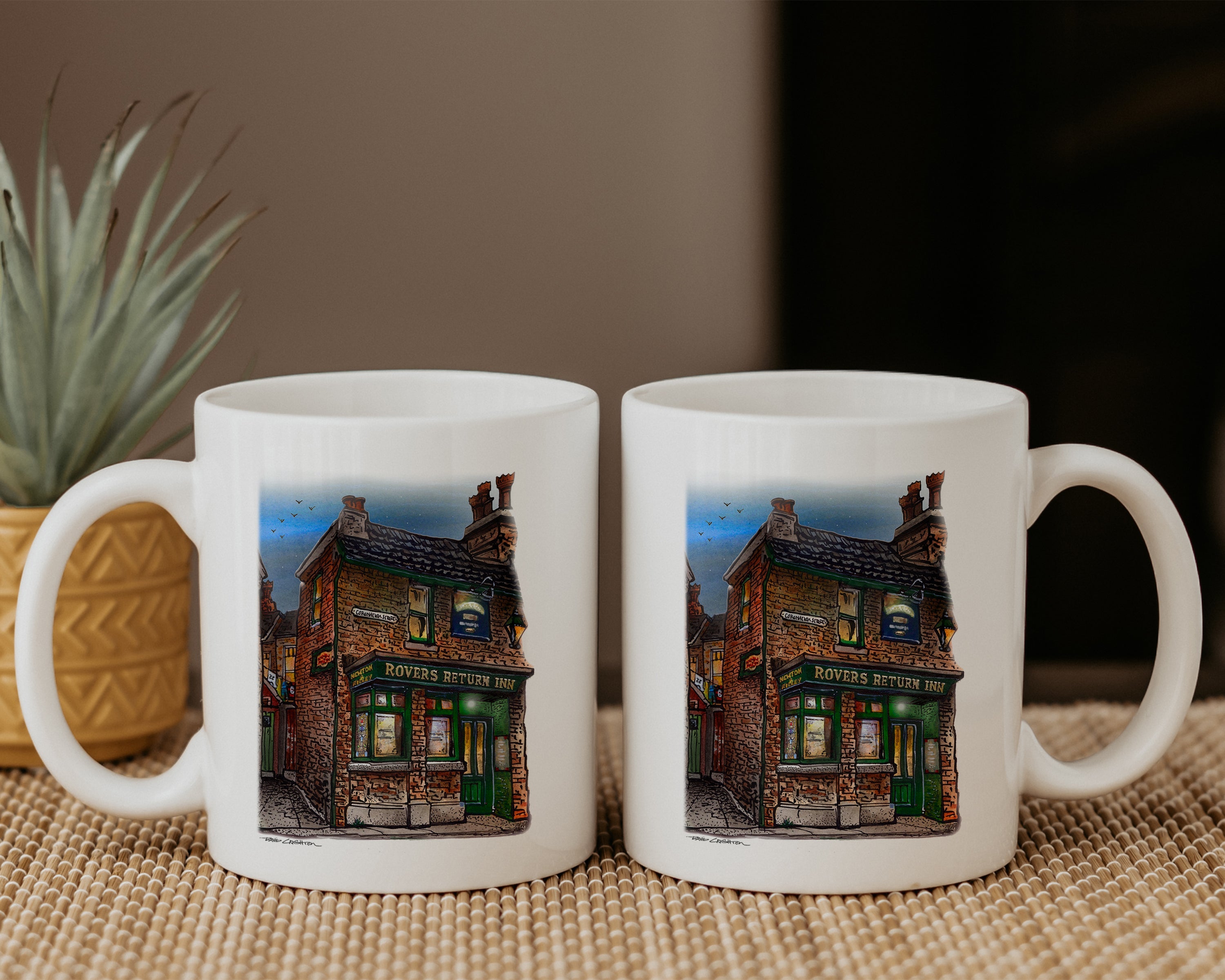
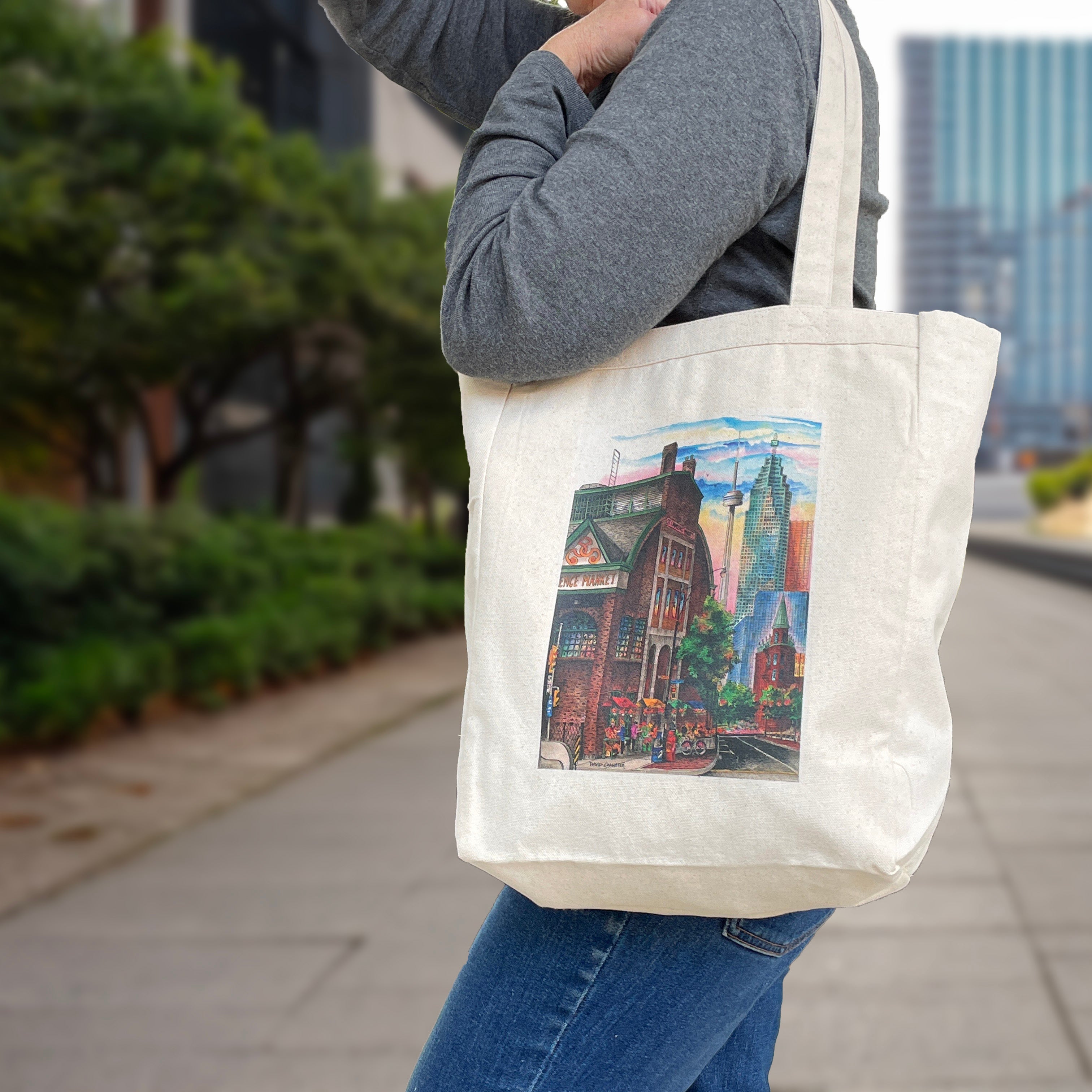
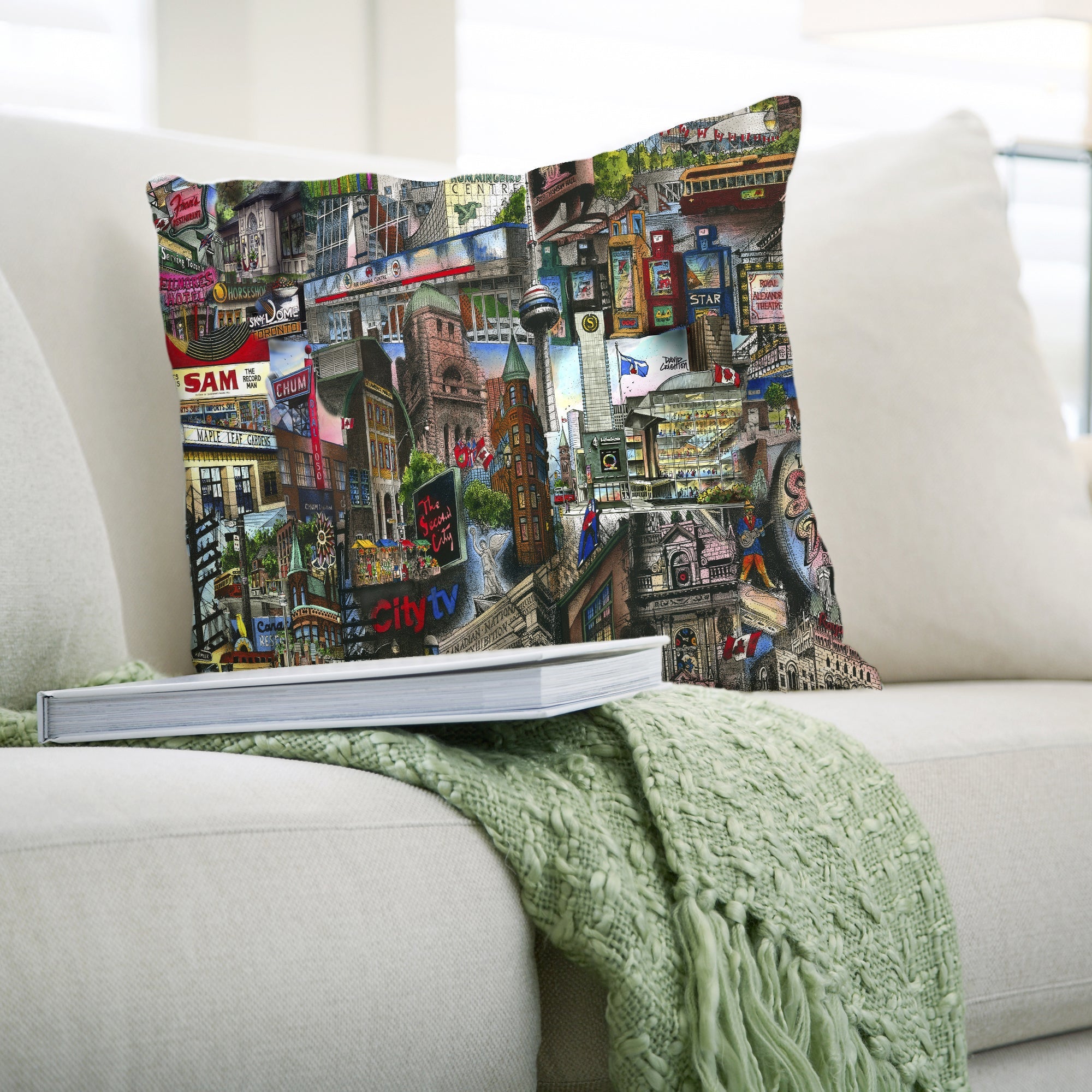
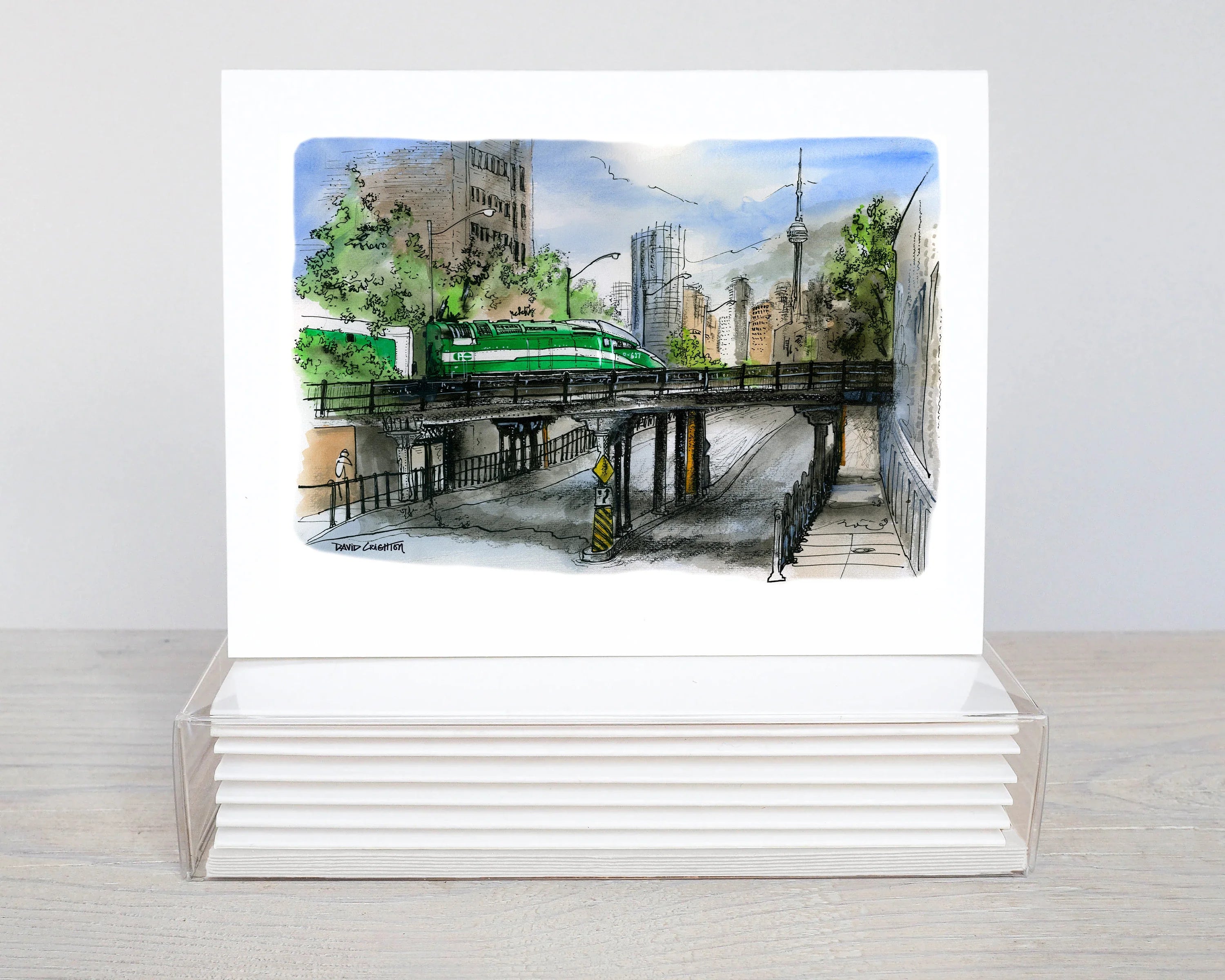
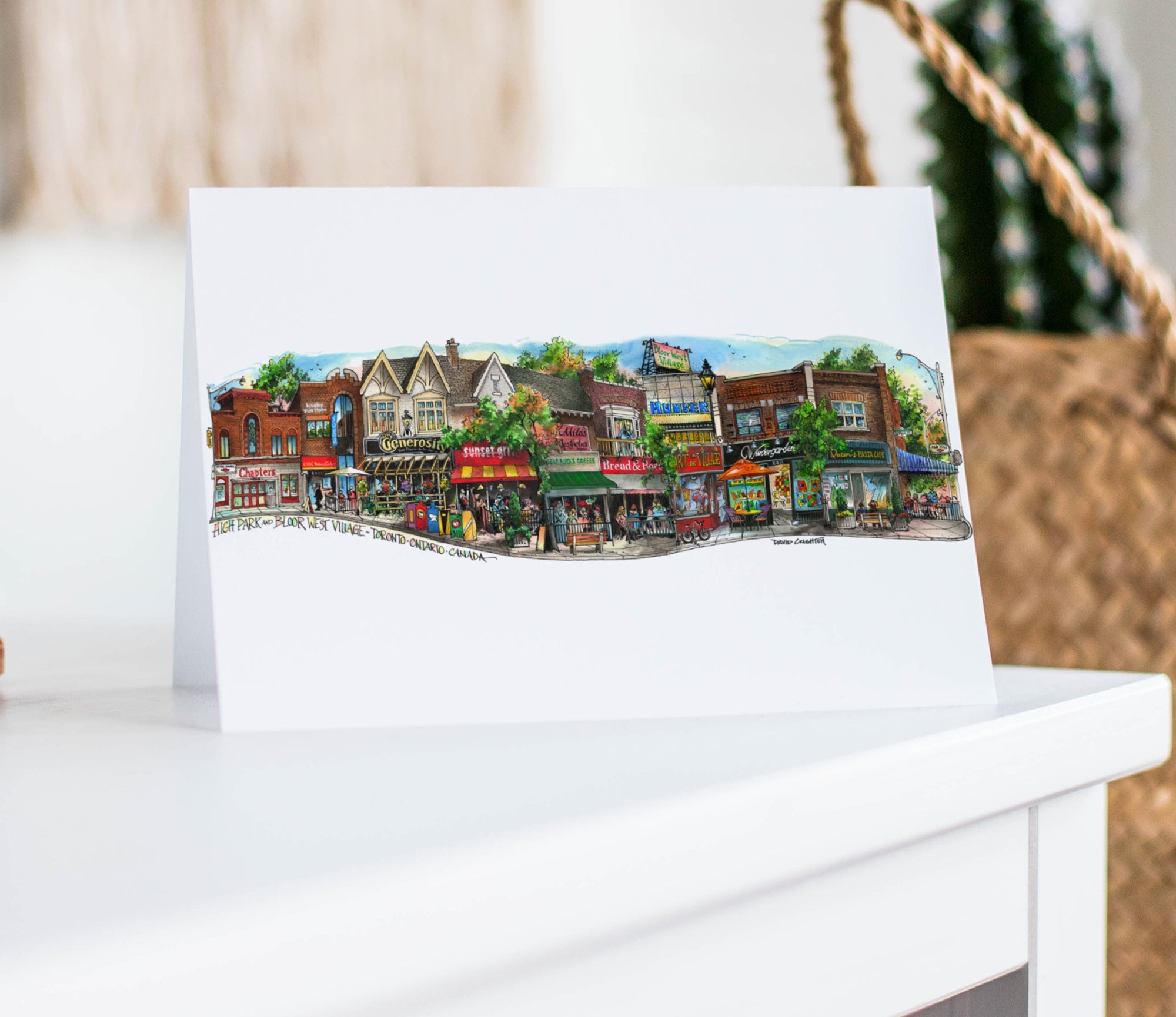
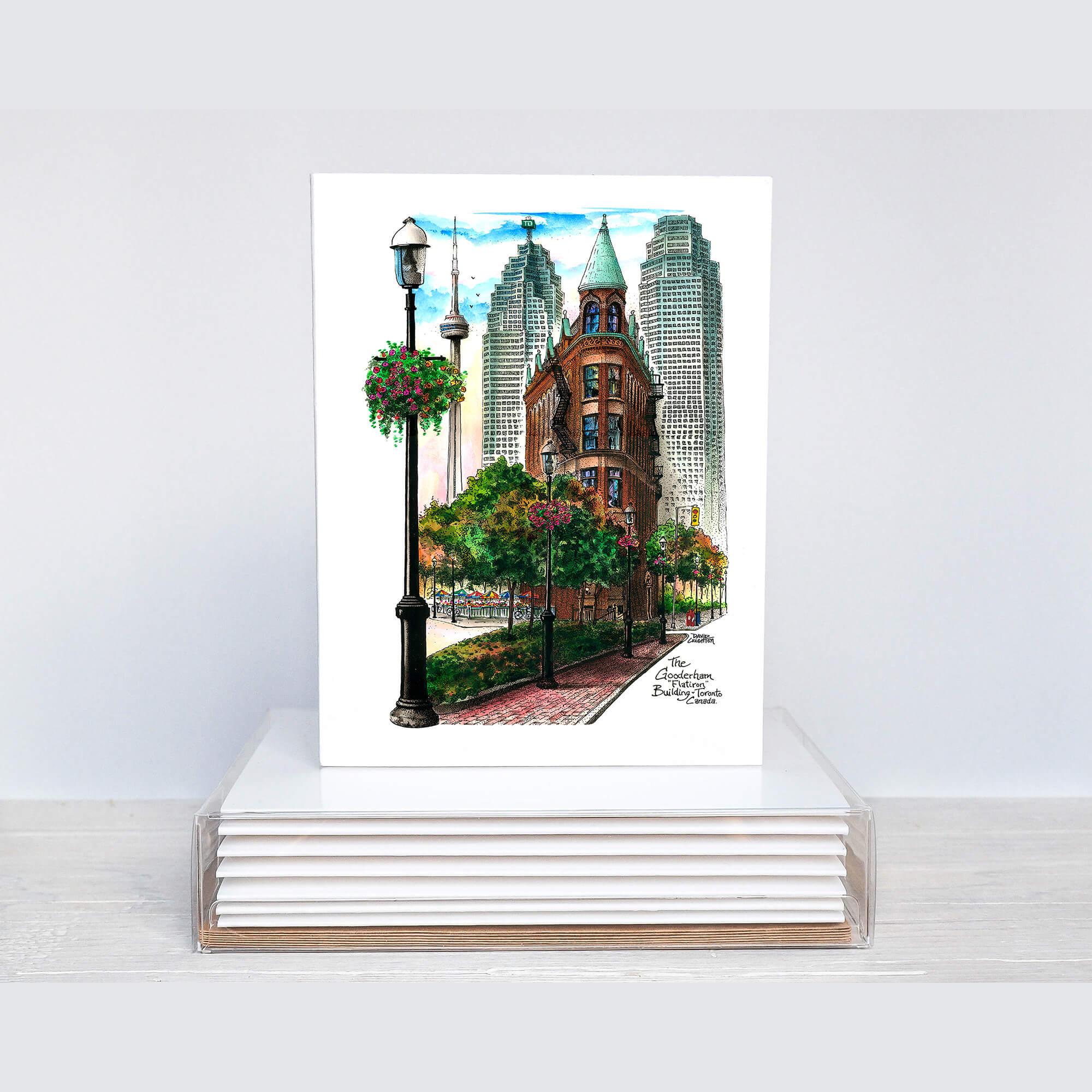
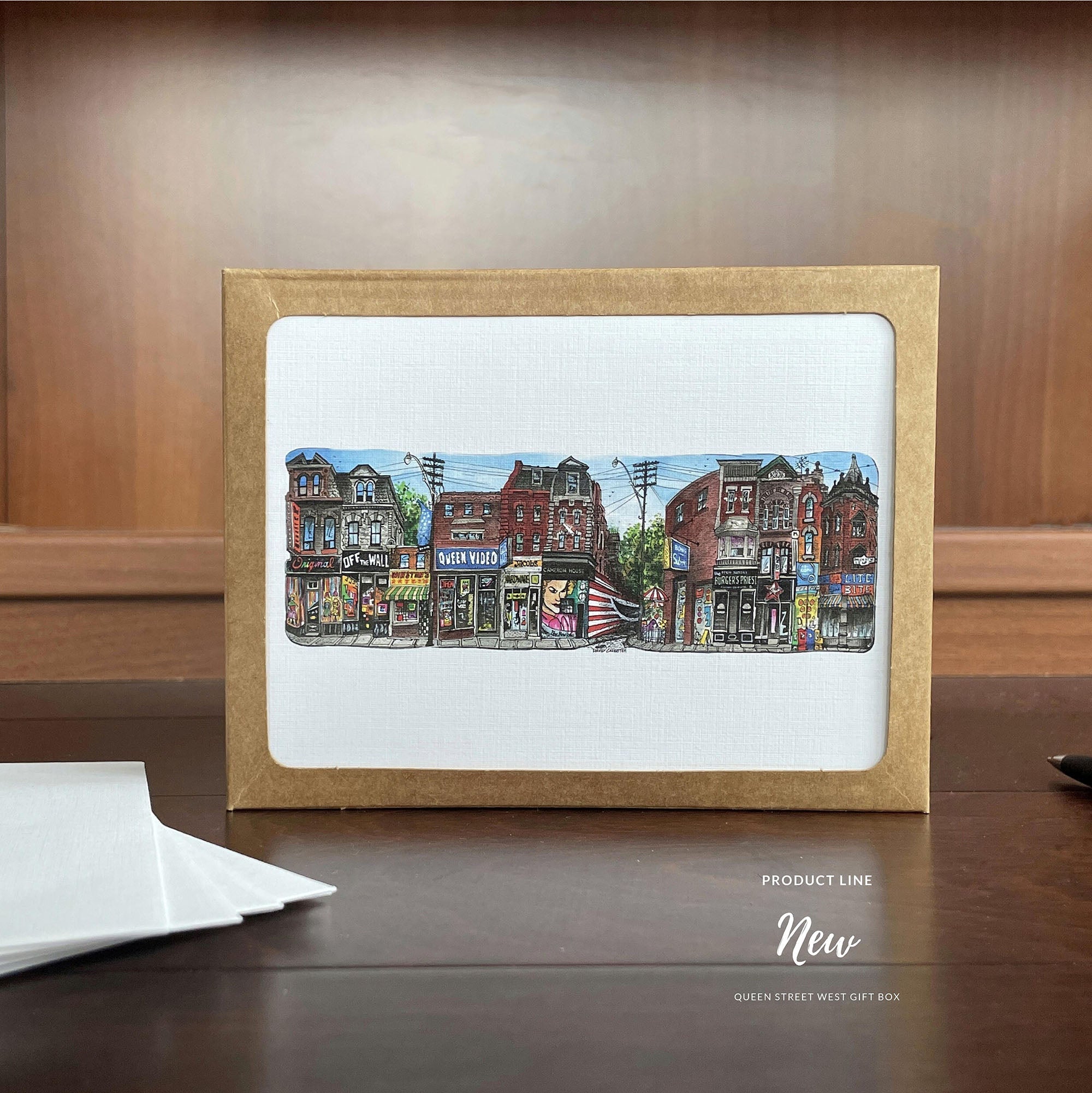




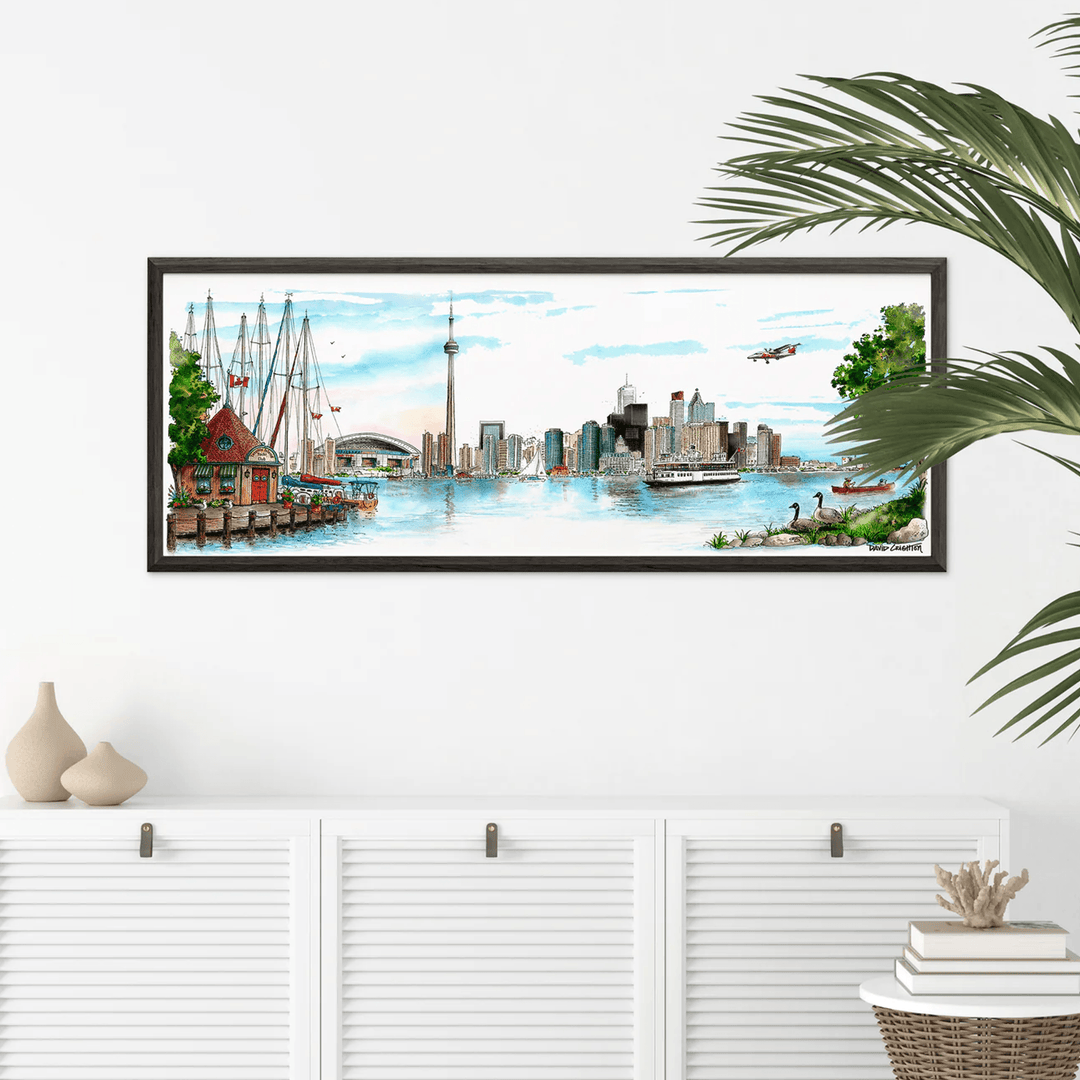
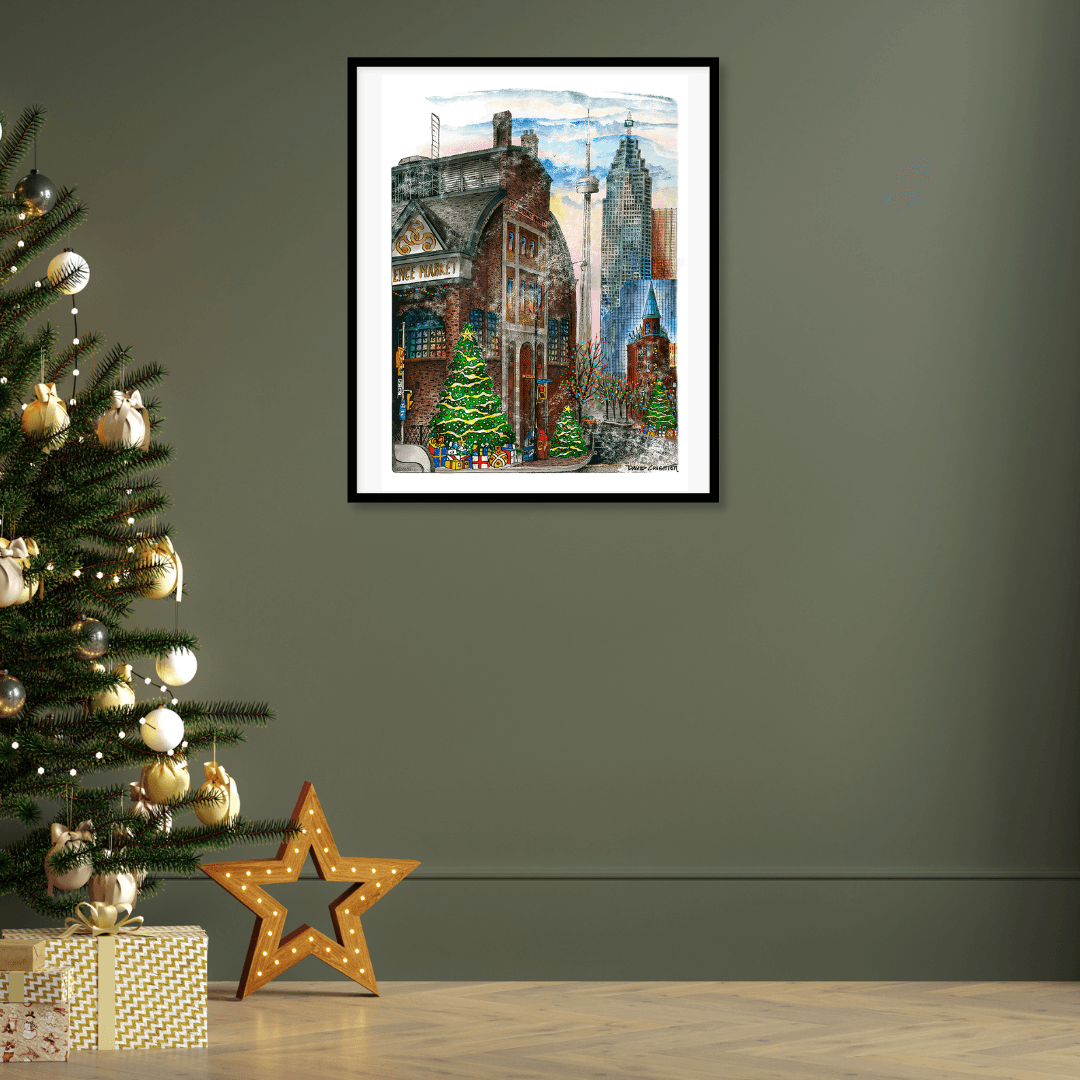
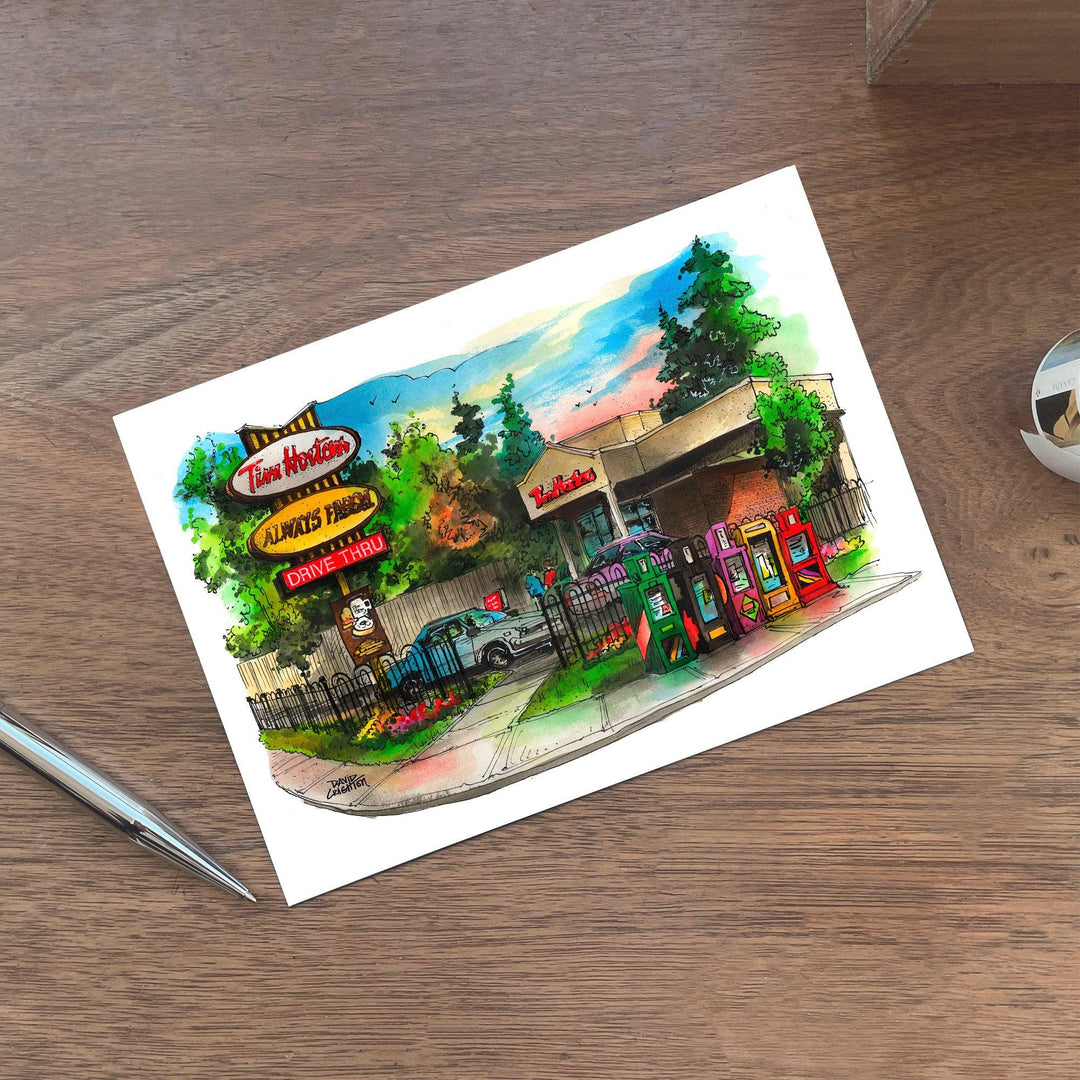
Hello David. I am a huge art fan and just stumbled across you 62/300 sketch of 84 Yorkville Avenue. I am so impressed with your story and your skill in your craft beginning so young. Absolutely breathtaking work. 🙏🏼 Many thanks to you for sharing your gift with the world. As a fan of Picasso you likely know he was quoted as having said “The meaning of life is to find your gift. The purpose of life is to give it away.”
Thank you. :)
Leave a comment